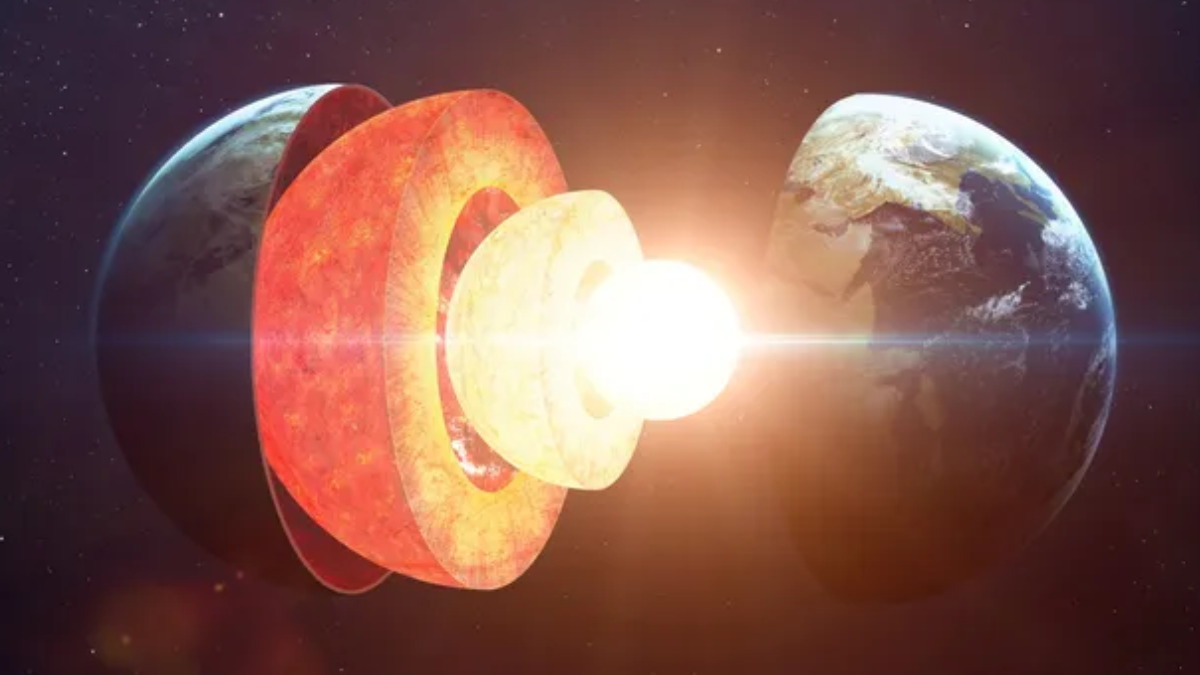Seismic data spanning decades reveals that Earth’s inner core rotates at a slower speed than the planet’s surface.
Over ten years ago, the Earth’s inner core started to rotate more slowly, causing minute changes in the duration of our days.
Scientists at the University of Southern California (USC) used seismic data from many earthquakes and nuclear tests—both of which cause vibrations across the planet—to build models of the movement of the inner core.
Researchers can determine the location and motion of the inner core of the Earth by observing the rate and interaction of seismic waves within its layers.
According to a USC statement, the study verifies that, since roughly 2010, the core of the Earth has been moving slower than the planet’s surface and has been slowing down, or reversing, in comparison to its speed in earlier decades.
For the very first time in many decades, the inner core began to slow down. The declaration was made by John Vidale, a USC Earth Sciences professor and co-author of the paper.
While other scientists have lately made arguments for comparable and dissimilar models, our most recent research offers the strongest conclusion.
(Image credit: USC Graphic/Edward Sotelo)
3,200 miles (5,150 km) below the surface of the Earth is a hot, dense, solid ball composed of iron and nickel that is known as the inner core. It is bordered by a solid rocky mantle and a liquid iron-nickel outer core.
According to the new study, convection inside the liquid iron outer core, which maintains Earth’s magnetic field, and the pull of gravitational forces in the mantle above are the reasons behind the inner core’s slowing speed.
To come to their findings, the researchers examined seismic data from various nuclear tests conducted worldwide as well as data from 121 recurring earthquakes that happened in the South Atlantic between 1991 and 2023.
Since recurrent earthquakes happen in the same spot, seismograms should be identical in theory.
Because of this, changes beneath the surface of the globe can be shown by comparing seismic data collected at different times.
The slowness of the inner core was revealed by subtle variations in the time it took for seismic waves to traverse through the Earth at various points in the planet’s history.
The researchers said that even though this alteration would shorten a day by a few hundredths of a second, it wouldn’t be felt.
